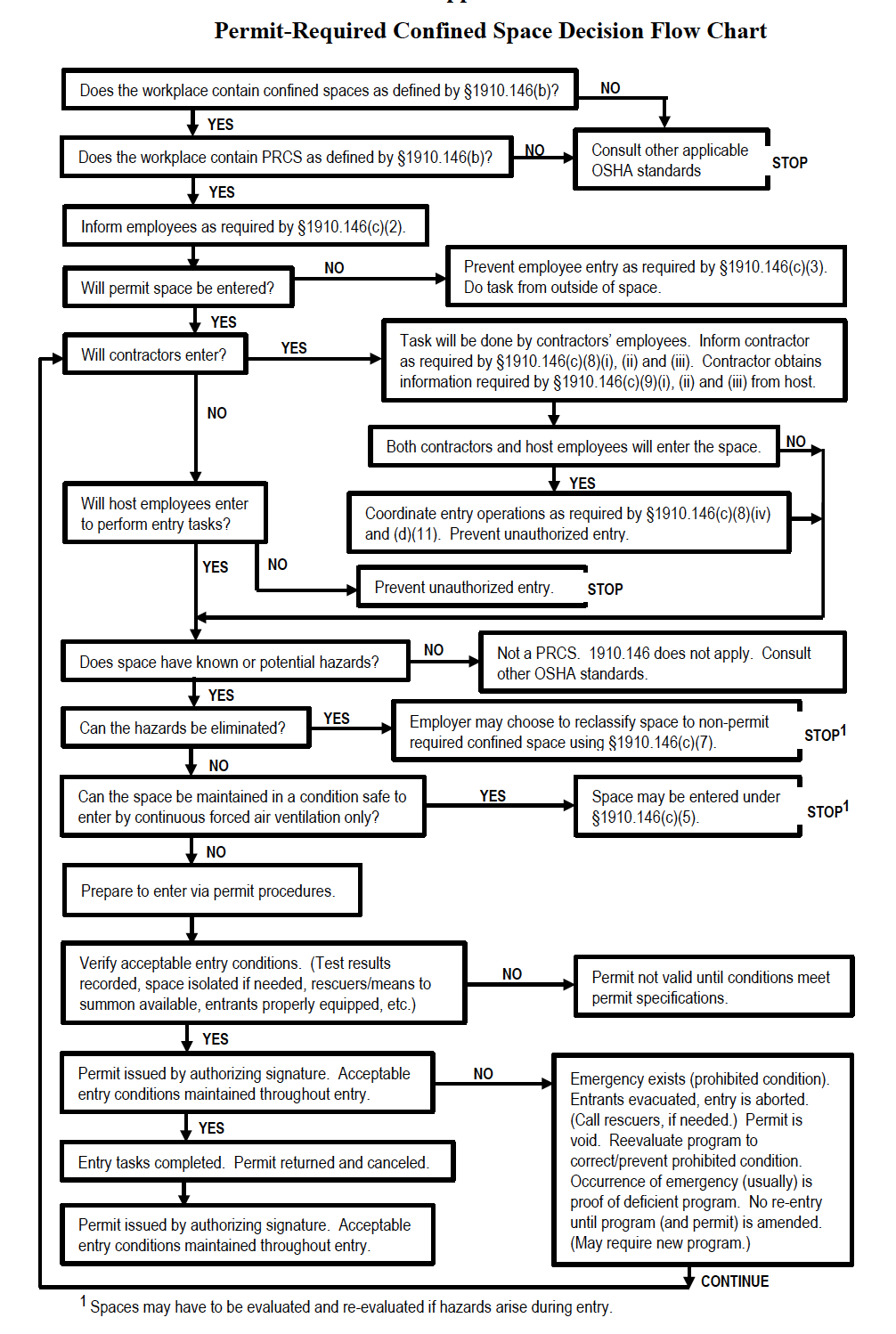In 2021, I wrote an article regarding OSHA’s Permit-Required Confined Space standard and reclassifying PRCSs to a Non-PRCS status. This article centered on the keyword “potential” when discussing a hazardous atmosphere. The intent of that article (Defining and Quantifying “potential hazardous atmosphere”) was to clarify when/how a POTENTIAL was present to create a Hazardous Atmosphere. Today, I want to discuss the other end of this risk spectrum and demonstrate how a space that normally has a Hazardous Atmosphere CAN BE RECLASSIFIED.
As I stated in the 2021 article, the concept of “potential atmospheric hazards” is real when a hazardous substance that could create an acutely hazardous atmosphere is present within the space. For me, no more explicit argument can be made that there is a “potential” when the hazardous substance is a “stored energy source” contained within piping/tubing inside the space, and such tubing/piping has never been in the MI program for testing/inspection. For us to claim “no potential,” we have to REMOVE and ISOLATE this source of “potential.” This takes me to a space that is blanketed with Nitrogen under normal conditions. Can this space be reclassified?
The short answer is yes; the space MAY be reclassified once we have ELIMINATED the potential for N2 to enter the space. How can we ELIMINATE this potential?

